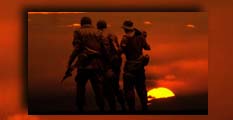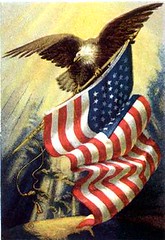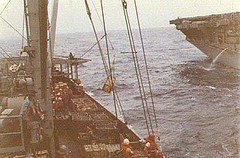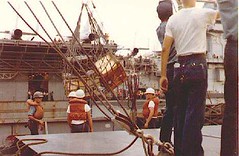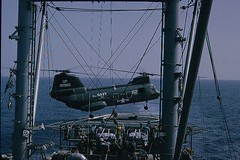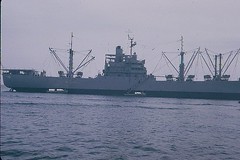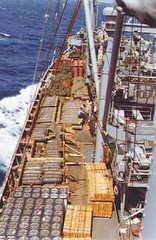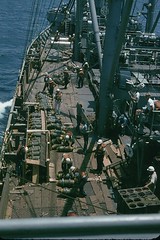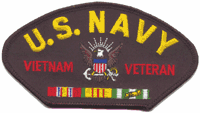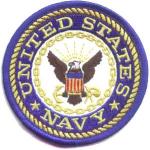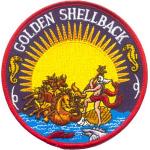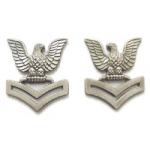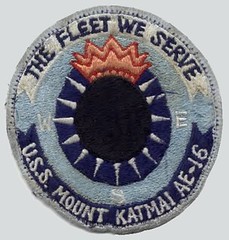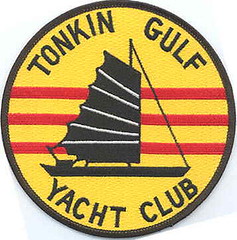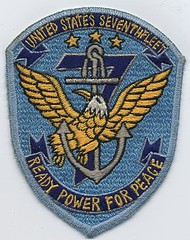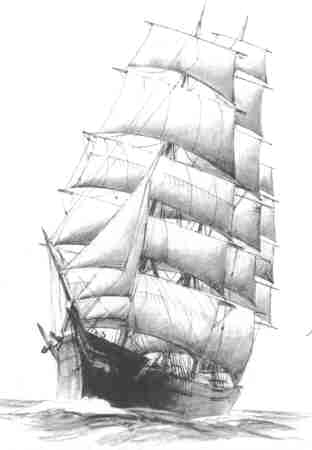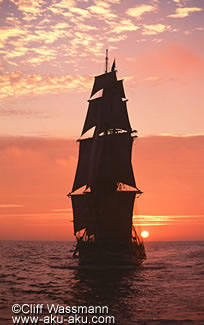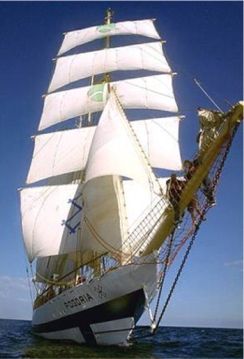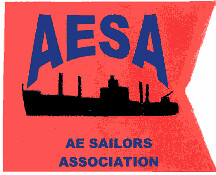Oldest U.S. Carrier Makes Last Voyage
Oldest U.S. Carrier Makes Last Voyage
Associated Press | May 23, 2007
TOKYO - The USS Kitty Hawk, the U.S. Navy's oldest ship in full active service, embarked on its last major maneuvers Wednesday before being decommissioned next year.
The 46-year-old vessel - the only American aircraft carrier permanently deployed abroad - eased out of its berth at the U.S. Navy base in Yokosuka, just south of Tokyo, escorted by a carrier strike group of cruisers and guided missile destroyers, Naval spokesman John Nylander said.
The voyage, to last several months in the western and central Pacific Ocean, was expected to be the last major mission for the ship before it is replaced next year by the USS George Washington and sent back to the United States for decommissioning, said Rear Adm. Richard B. Wren, commander of the Kitty Hawk Carrier Strike Group.
"This is the last trip for USS Kitty Hawk," Wren told reporters.
The Kitty Hawk, with a crew of more than 5,500, was commissioned in 1961 and has served in Vietnam and Iraq.
The diesel-powered ship was deployed to Yokosuka in 1998, and will be replaced with the nuclear-powered George Washington as part of the U.S. military's effort to modernize its forces in East Asia - an area of potential flashpoints with North Korea or China.
But the vessel's replacement sparked a backlash in Japan, where critics oppose the basing of a nuclear-powered warship in domestic waters. Japan's government backed the idea, however, saying the George Washington would boost regional stability.
Nuclear-powered warships have visited Japanese ports hundreds of times since 1964, and the United States has provided firm commitments to Tokyo regarding the safe use of Japanese harbors by the nuclear-powered vessels.



